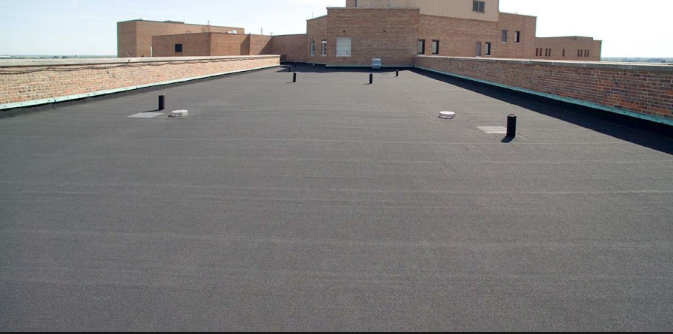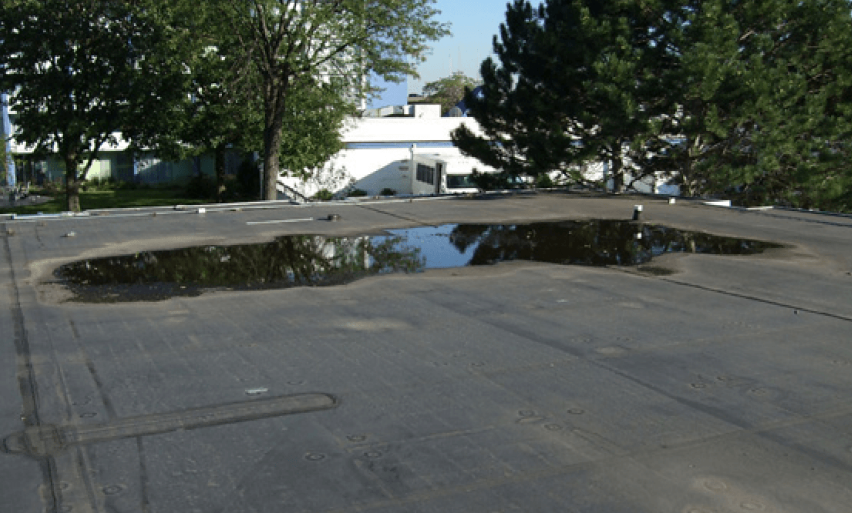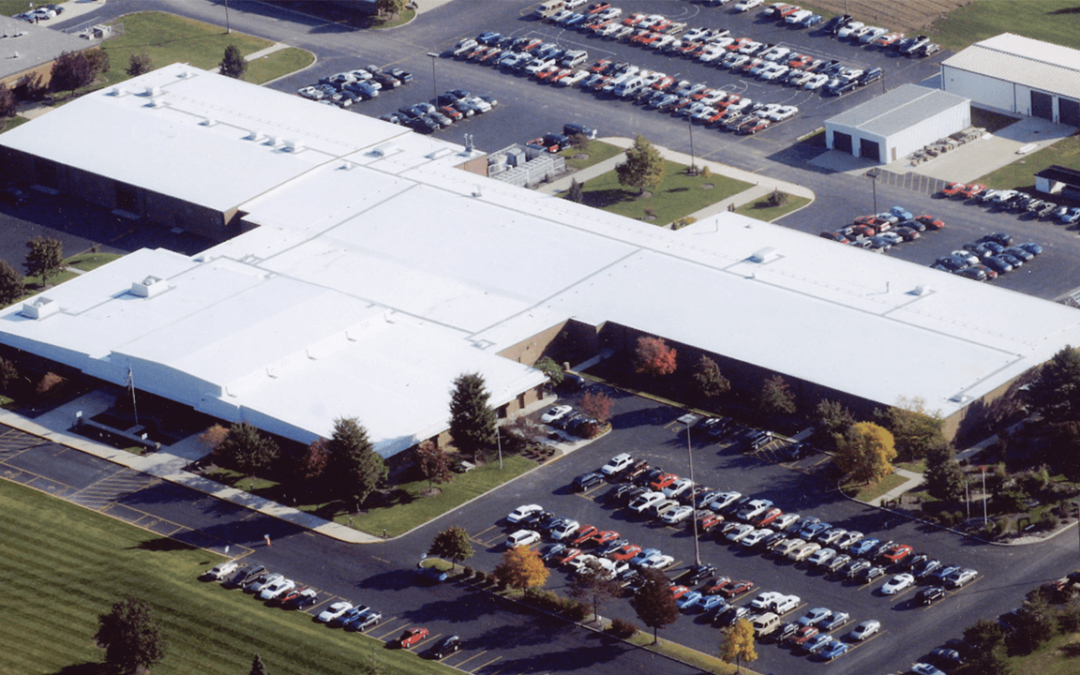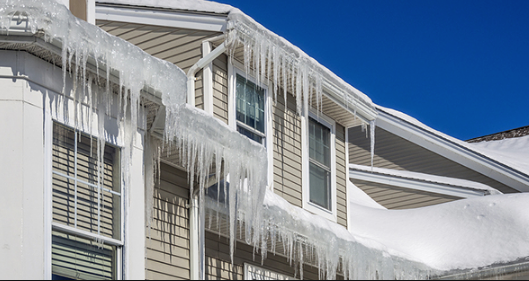Winterizing a Commercial Roof
Winter is inevitable, and oh, the surprises it brings. Schools close down, the roads become unsafe, and your roof might spring leaks as soon as the snow begins to melt. Ensuring that your commercial roof survives under winter conditions can be a challenge. The roof membrane may shrink and crack at the seams like chapped lips, ice may do damage as it freezes and thaws, and all kinds of vulnerable spots may pop up where melting snow has an entrance. Luckily, there are a handful of things that you can do with the help of a commercial roofing contractor to consider your commercial roof adequately winterized.
Schedule Roof Inspections
To prepare for the winter, you’ll want to schedule a first roof inspection in the fall. A qualified contractor will come out to look for things like broken seams, cracks in the caulking, cracks in your roof flashing, spots vulnerable to moisture infiltration, loos roof edges, and anything other details they can think to check. If the contractor recommends a repair to you, you’ll want to get it done as soon as possible, which not only saves you money on possibly replacing your entire roof after a hard winter but lengthens the lifespan of your roof as well.
It’s also smart to have another inspection done in the spring. A spring inspection will catch any problems that may have developed over the winter, which is safer than letting any issues that may have developed sit until the next winter.
Clear Away Potential Hazards
Any debris, like branches, twigs, or pieces of equipment, could puncture your roof’s membrane and give way for leak potential. Not only will you want to clear off all debris from your roof, but you’ll also want to clear your gutters and downspouts out as well. Leaves and other debris that cause blockage in your gutters can cause water from melting snow to build up and spill over onto your roof, wearing down the caulking, seeping into vulnerable edges, and damages the membrane if it freezes again.
Aside from cleaning off your roof, you’ll want to consider cutting down any tree limbs that have grown close to or over your roof. Built-up snow on tree branches will drop onto your roof as soon as the snow becomes too heavy for the branches to handle. Once that snow melts, you’re at risk for more water damage.
Your Insurance Agent
Contact your insurance agent to make sure that you have coverage and that you’re still under a valid warranty. Keep your insurance information and contractor’s number in an accessible place so you can contact either or both of them should unexpected damages occur. While you should also have a personal game plan of your own in the case of an emergency, it’s best to contact the professionals as soon as you can so that they can handle the problem without any confusion.
Winter can be one of the toughest times for just about anyone, but protecting your roof shouldn’t need to be tough. With a proper roof inspection, the right repairs, a substantial cleaning, and secure insurance, your commercial roof will make it through the winter season.
.png)



